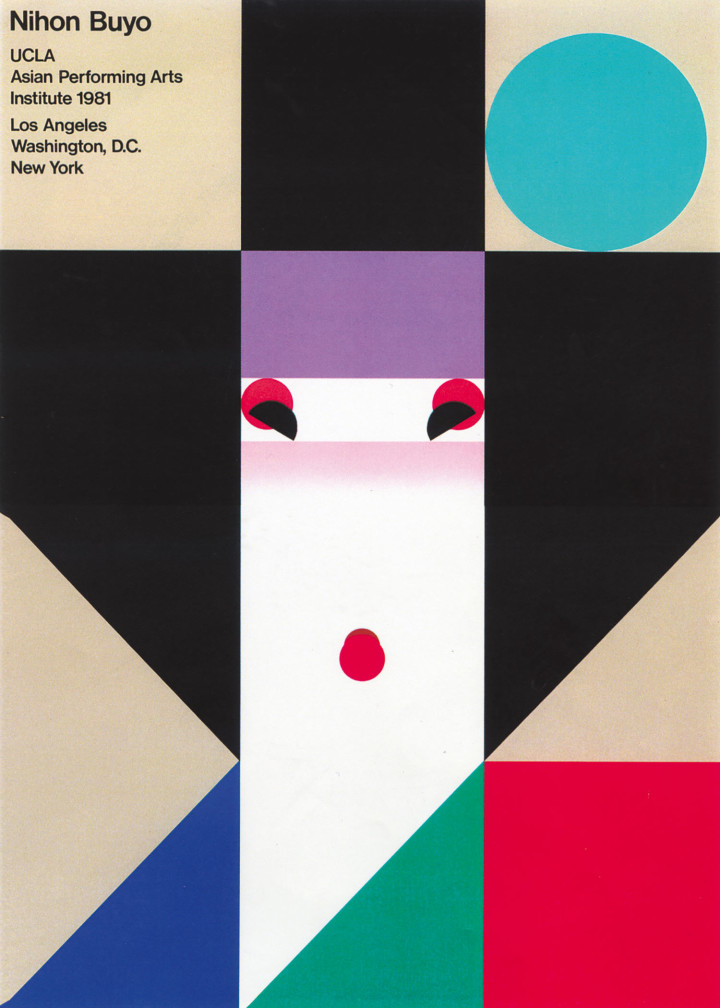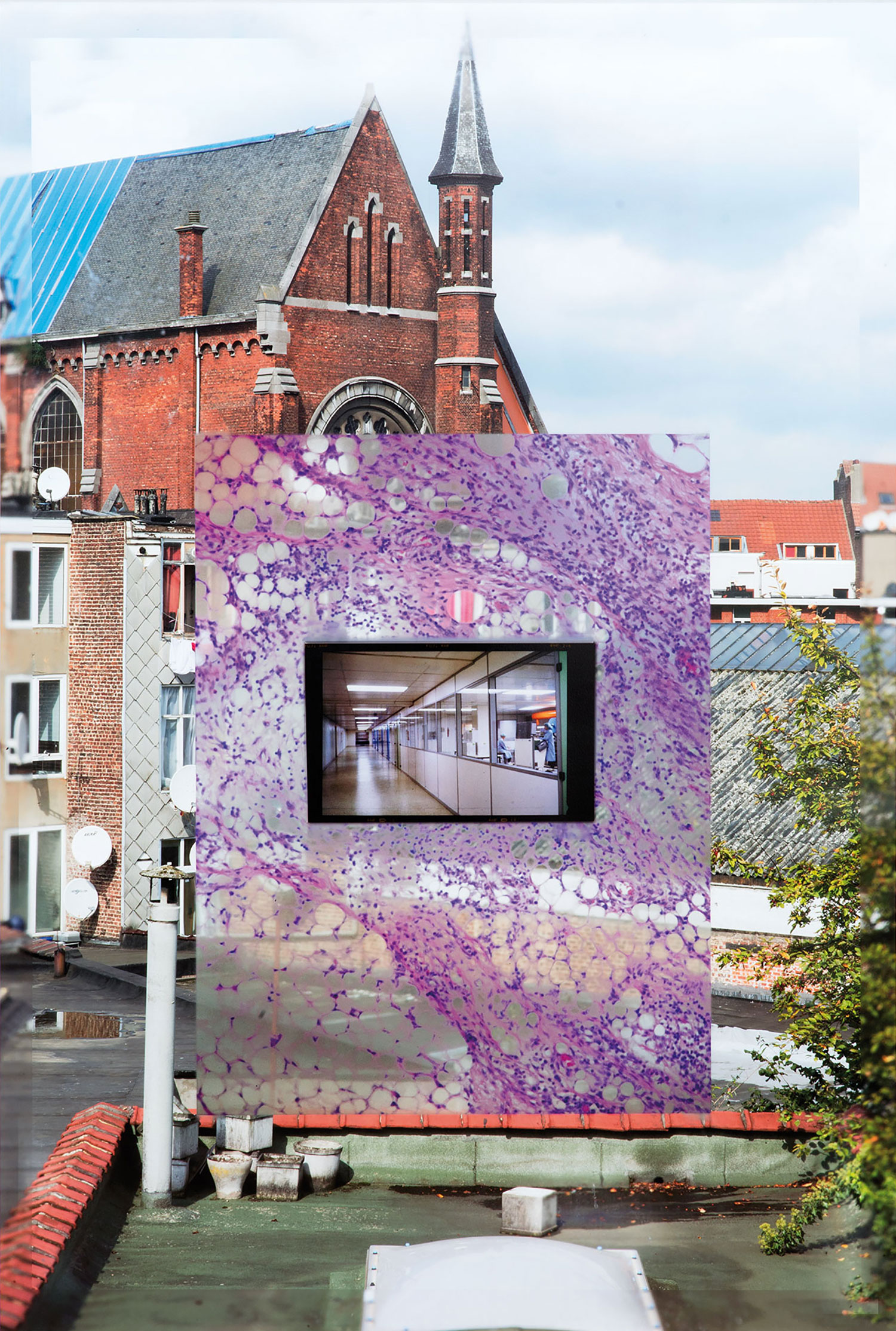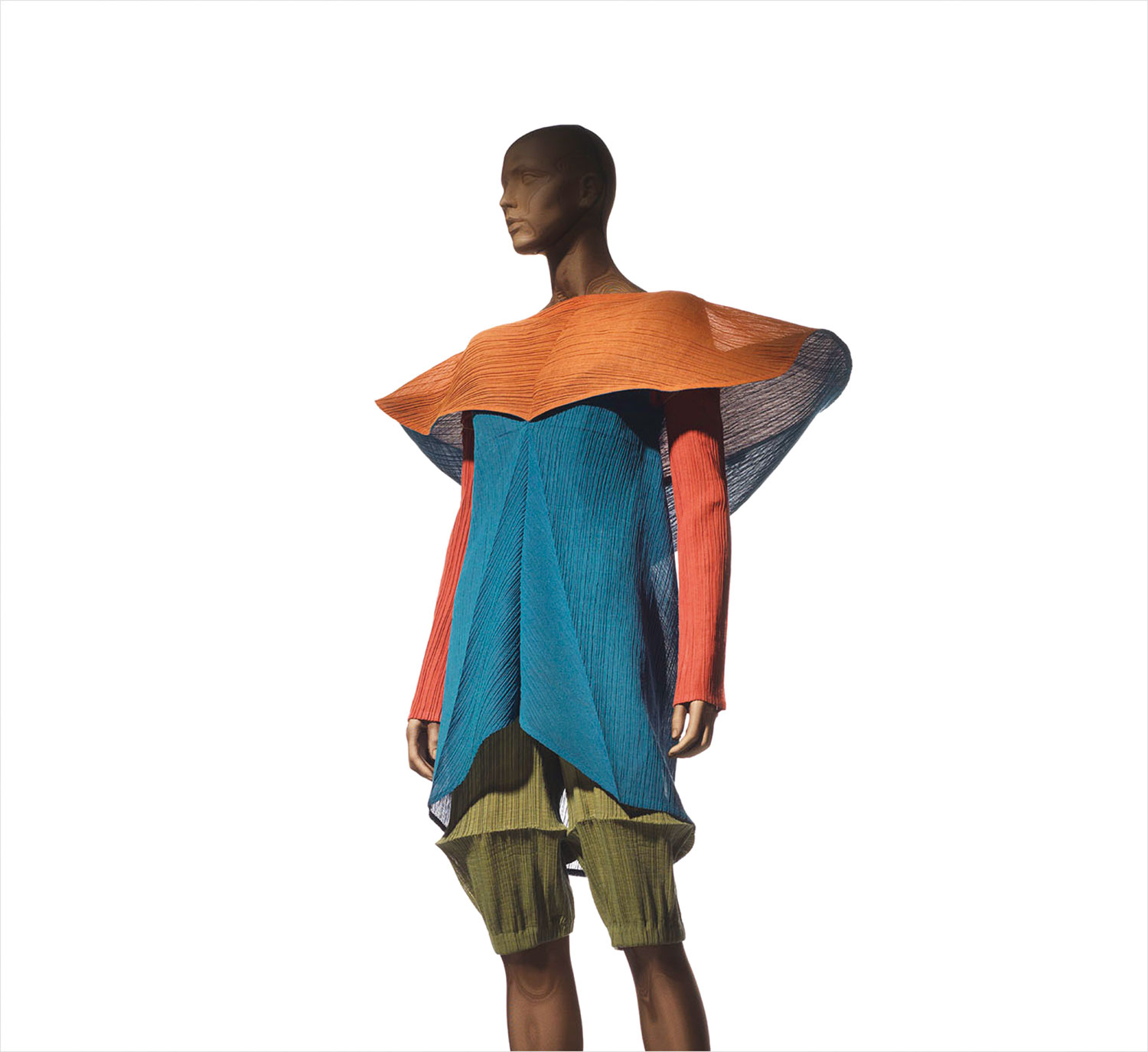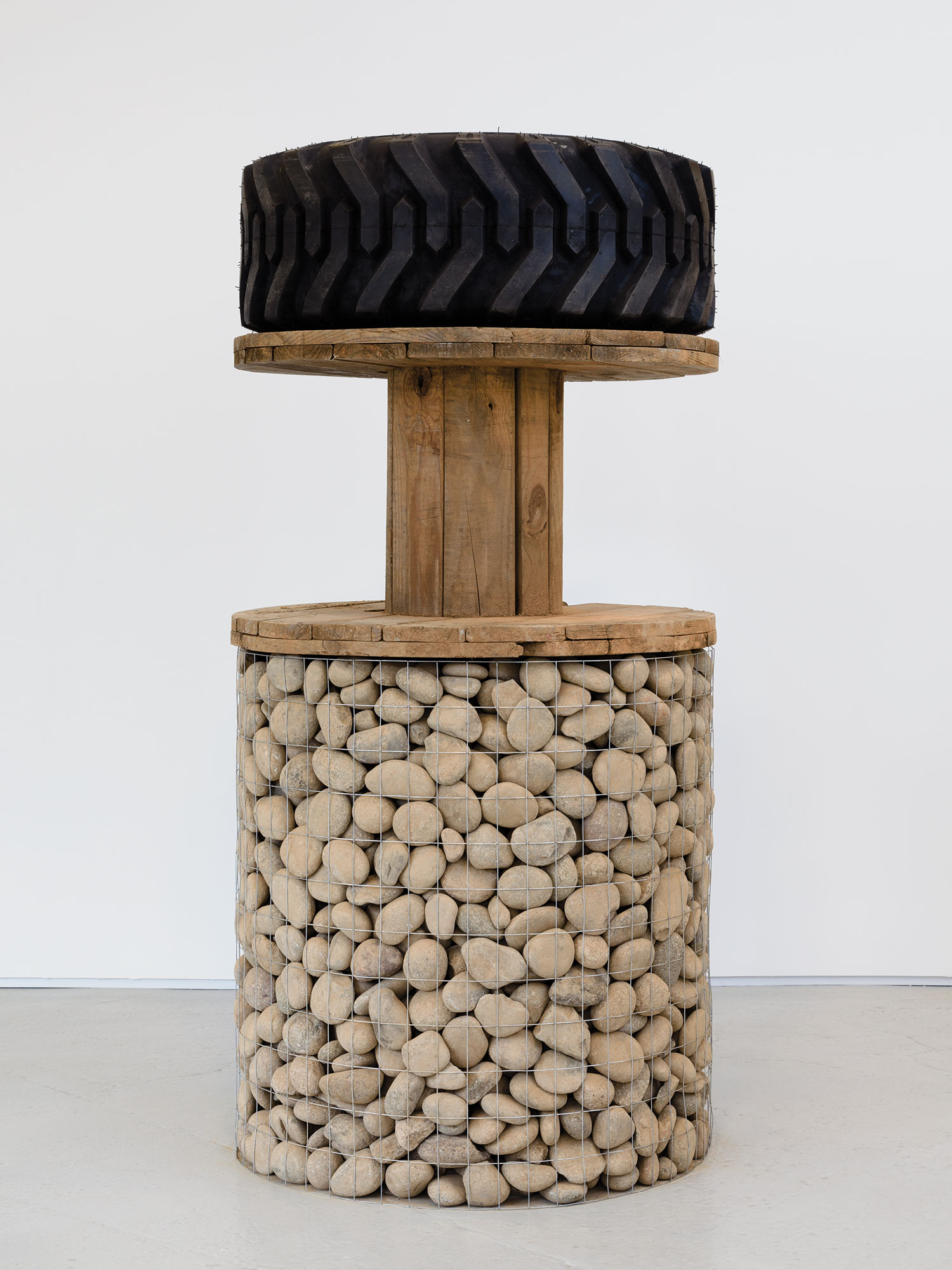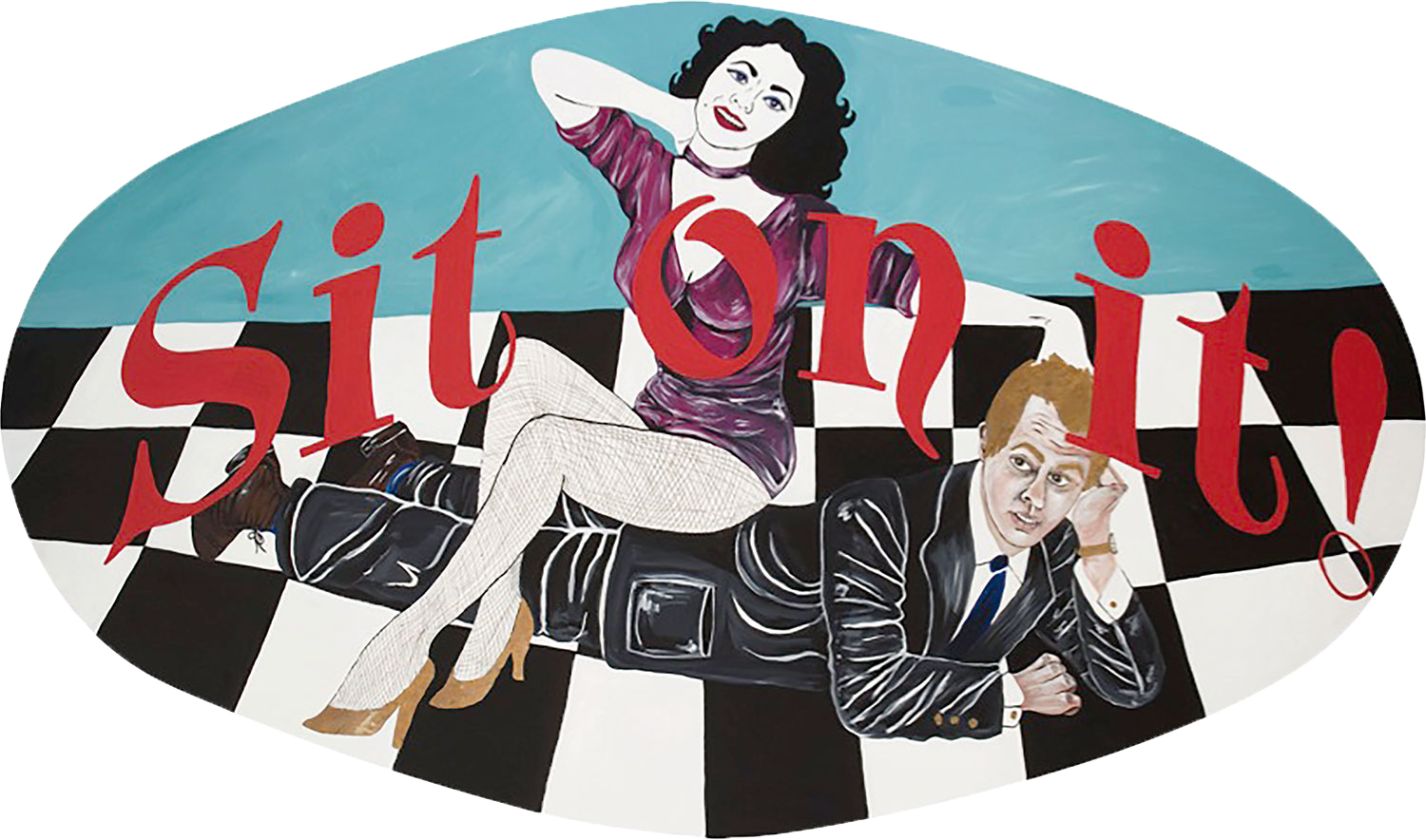
On March 16, the National Art Center in Tokyo opens what will be the most comprehensive survey to date of the work of Japanese fashion designer Issey Miyake. Melding past and future, Miyake’s clothes are unique manifestations of a technology-driven understanding of the sartorial tradition. As newly appointed Flash Art Editor-at-Large Emily Segal writes in her essay on Miyake’s clothes, printed in the following pages: “Miyake’s designs channel timelessness in their aesthetic vision and in the randomness of their material inflection. They capture the spirit of the uniform — the desire for an eternal fashion — without enforcing it literally. Or at the expense of bodily reality.”
This issue’s cover is devoted to Miyake. It presents a coat from the designer’s latest series of products, clothes featuring motifs of works by seminal Japanese graphic designer Ikko Tanaka. Miyake and Tanaka met in the 1960s, and their enduring friendship fueled each other’s creativity. On the coat featured on the cover, Miyake reworks a poster that Tanaka designed to advertise the Japanese traditional dance performance Nihon Buyō, held at the UCLA’s Asian Performing Arts Institute in 1981. The artwork is composed entirely of simple two-dimensional shapes — circles, triangles and squares — yet an image of a woman in traditional Japanese dress emerges from the geometrical pattern. In Miyake’s interpretation of Tanaka’s graphics, the artworks unfold into a three-dimensional format, in which the movement of the wearer breathes new life into the composition.
Like many other “creations” included in this issue — from Marina Pinsky’s sculpted landscapes to Diller + Scofidio’s earliest interventions in eroding architecture’s disciplinary borders to Emilio Prini’s revisions of his own past works — Miyake’s protean approach to fashion design introduces a mode of creativity freed from the grip of the tradition/innovation gulf and beyond diagrammatic process/product dynamics.
Good reading,
The Editors

